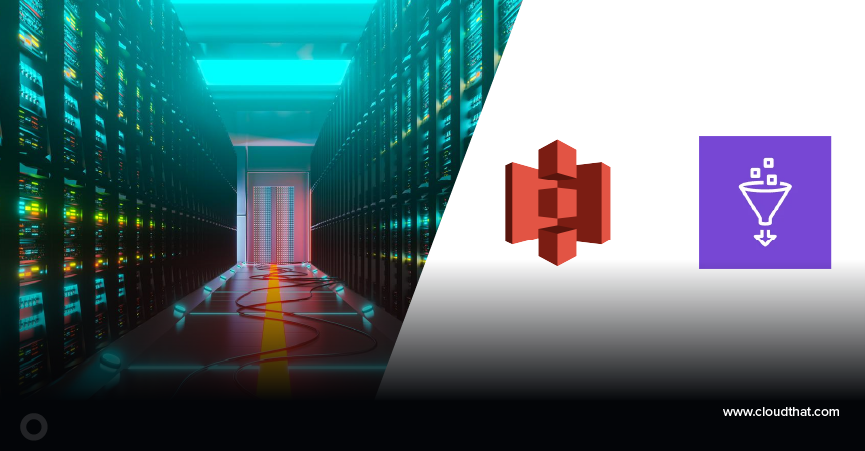|
Voiced by Amazon Polly |
Overview
In cloud-native environments where microservices thrive, resilience is essential. Kubernetes offers powerful container orchestration, but ensuring stability in this dynamic setup requires chaos engineering. LitmusChaos enables controlled chaos experiments within Kubernetes, helping teams identify and address vulnerabilities proactively. This blog explores using LitmusChaos to strengthen your applications, making them more resilient to unexpected failures.
Pioneers in Cloud Consulting & Migration Services
- Reduced infrastructural costs
- Accelerated application deployment
Chaos engineering
Chaos engineering is a discipline that uses controlled experiments to build confidence in a system’s ability to withstand disruptions. Rather than waiting for unplanned outages, chaos engineering proactively identifies weaknesses by introducing failure conditions, helping teams improve system robustness.
LitmusChaos
LitmusChaos is an open-source chaos engineering tool that is purpose-built for Kubernetes environments. Designed for simplicity and extensibility, LitmusChaos includes a suite of predefined experiments such as pod deletion, network delay, and node failure. These experiments allow engineers to simulate real-world scenarios in Kubernetes clusters to observe how applications react under stress.
Key features of LitmusChaos
- Predefined Chaos Experiments: A rich library of experiments targeting different failure modes, from network disruptions to pod crashes.
- Chaos Hub: A centralized repository for managing and discovering chaos experiments, allowing teams to customize and share experiments.
- Chaos Workflows: Litmus allows users to orchestrate complex workflows by chaining multiple experiments, enabling comprehensive resilience testing.
Use Cases for LitmusChaos in Kubernetes
- Automated Chaos Experiments: Regularly schedule chaos experiments to validate system resilience in production-like environments.
- Failure Recovery Testing: Simulate failures like pod deletions or network issues to assess and improve recovery mechanisms.
- Dependency Resilience Testing: Test interdependent microservices for bottlenecks and cascade failures, ensuring backups respond as expected.
- Resilience Scoring and Benchmarking: Use periodic chaos experiments and scores to track system resilience trends.
- Continuous Resilience Validation in CI/CD Pipelines: Integrate chaos experiments into CI/CD workflows to ensure each deployment maintains system stability.
Steps to Automate Chaos Experiments with LitmusChaos
The following steps will help you install Litmus ChaosCenter via helm.
Step 1: Install LitmusChaos in Your Kubernetes Cluster
- helm repo add litmuschaos https://litmuschaos.github.io/litmus-helm/
- helm repo update
- kubectl create namespace litmus
- helm install chaos litmuschaos/litmus –namespace=litmus –set portal.frontend.service.type=NodePort –version 3.10.0
Step 2: Verify your installation
Check if the frontend, server, and database pods are running
|
1 |
kubectl get pods -n litmus |

Step 3: Accessing the ChaosCenter
Find the Litmus portal frontend service and note its PORT. Use it to log into ChaosCenter
|
1 |
kubectl get svc -n litmus |


Step 4: Create an Infrastructure
Within ChaosCenter, an environment is created as an abstraction for organizing chaos experiments and infrastructures.

Step 5: Create a Resilience Probe
A resilience probe is a check within a Chaos Experiment that ensures the system behaves as expected under stress.

Step 6: Schedule a chaos experiment
Create complex, real-life failure scenarios using the ChaosCenter UI to test your workloads’ resilience. Experiments can be created and customized without coding.

Step 7: Observe chaos experiment
Use ChaosCenter to track real-time data and observe the status of your experiments, providing valuable insights into system behavior during simulated failures.

Conclusion
LitmusChaos provides a comprehensive, Kubernetes-native solution for chaos engineering, making it accessible and effective for teams aiming to build resilient systems.
Drop a query if you have any questions regarding LitmusChaos and we will get back to you quickly.
Making IT Networks Enterprise-ready – Cloud Management Services
- Accelerated cloud migration
- End-to-end view of the cloud environment
About CloudThat
CloudThat is an award-winning company and the first in India to offer cloud training and consulting services worldwide. As a Microsoft Solutions Partner, AWS Advanced Tier Training Partner, and Google Cloud Platform Partner, CloudThat has empowered over 850,000 professionals through 600+ cloud certifications winning global recognition for its training excellence including 20 MCT Trainers in Microsoft’s Global Top 100 and an impressive 12 awards in the last 8 years. CloudThat specializes in Cloud Migration, Data Platforms, DevOps, IoT, and cutting-edge technologies like Gen AI & AI/ML. It has delivered over 500 consulting projects for 250+ organizations in 30+ countries as it continues to empower professionals and enterprises to thrive in the digital-first world.
FAQs
1. Can I create custom experiments in LitmusChaos?
ANS: – Yes, LitmusChaos supports custom experiments, allowing you to define specific failure conditions tailored to your application’s architecture and resilience requirements.
2. Does LitmusChaos support monitoring integrations?
ANS: – Yes, LitmusChaos can integrate with Prometheus, Grafana, and other monitoring tools to visualize experiment metrics.

WRITTEN BY Avinash Dodamani
Avinash Dodamani works as a Research Associate at CloudThat, holding a Bachelor of Engineering degree. He is passionate about cloud computing, DevOps, and exploring emerging cloud technologies.


 Login
Login


 November 20, 2024
November 20, 2024 PREV
PREV










Comments